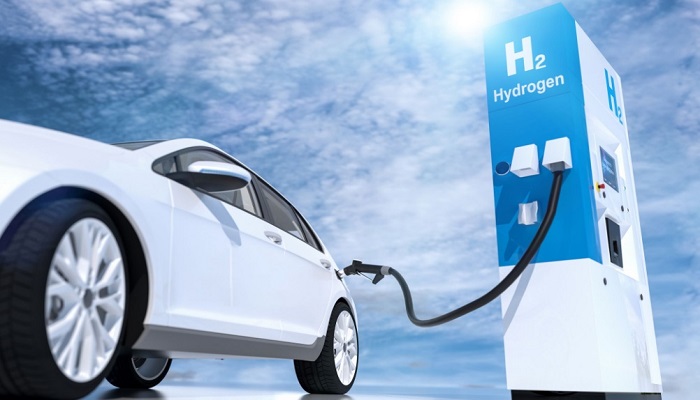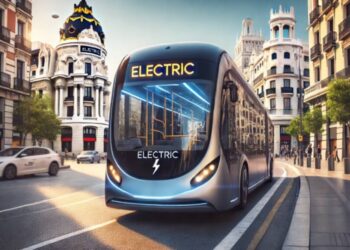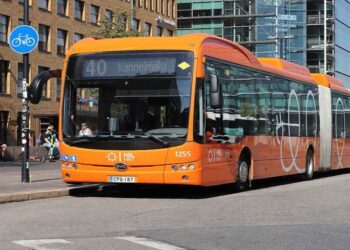General Motors- GM and Honda have gone on to announce the commencement of commercial production at Fuel Cell System Manufacturing LLC- FCSM, which happens to be their equally-owned joint venture, a large-scale production plant for fuel cells located in the US at Brownstown, Michigan.
Based upon a joint investment worth $85 million that was made by both companies in 2017, the FCSM’s 70,000-square-foot facility happens to be now building advanced hydrogen power solutions that will be used by both GM and Honda in various product applications and business ventures.
The President of FCSM, Suheb Haq, remarked that this is a historic day for the sector as GM and Honda happen to be the first full-fuel cell system manufacturing JV to start volume production of fuel cells for transportation and even go beyond.
He added that they go on to begin the process with raw materials for membranes as well as electrodes all the way across the completed systems. Ongoing investment as well as commitment by both companies happen to be driving the success rate at FCSM. This commitment syncs with their mission of making high-quality, durable, as well as affordable hydrogen fuel cell systems to cater to a wide range of applications as well as customers.
The vice president of FCSM, Tetsuo Suzuki, commented that they integrated Honda and GM strengths to create the most capable and worthy production system at this joint venture.
They brought a mass production mindset, having attention to detail and also with an objective of high quality, and now they are ready to meet the requirements of the customers for future applications of fuel cell tech and the start of the hydrogen era.
It is well to be noted that Honda along with GM engineers went on to embark on co-developing next-gen fuel cell systems in early 2013. In recent years, teams have gone on to advance the system’s performance and have enhanced its durability by way of using corrosion-resistant materials and also by enhancing low-temperature operation.
In the current scenario, the focus happens to be on lowering development as well as manufacturing costs by making utmost use of economies of scale, cell design advancement, making supporting auxiliary equipment simpler, making use of common sourcing, and decreasing the use of precious metals that are costly.
The company goes on to claim that the new fuel cell systems will be one-third less costly to make as compared to the cost of the fuel cell systems that were used in the 2019 Honda Clarity Fuel Cell car, having superior performance and reliability.
Furthermore, FCSM is said to make sure of high levels of quality and manufacturing productivity, all thanks to its distinct methods for automating membrane-electrode-assembly manufacturing and fuel cell stack assembly.
Both GM and Honda go on to believe that hydrogen as well as fuel cell tech are going to play a critical role when it comes to meeting a broad range of zero-emission energy as well as mobility needs in the decades to come. They happen to be making strategic investments in their own ways.
Honda, for example, put its hydrogen-powered Giga Fuel Cell heavy-duty truck on test in Japan and co-developed it with Isuzu Motors. The brand is also set to bring in new fuel cell cars as well as stationary fuel cell power systems, in addition to the development when it comes to hydrogen ecosystems in Japan.
On the other hand, GM is marketing the fuel cell systems as HYDROTEC power cubes that happen to be scalable and are also flexible in order to power a range of applications such as in industries, aerospace, trucking, locomotives as well as power generation.


































